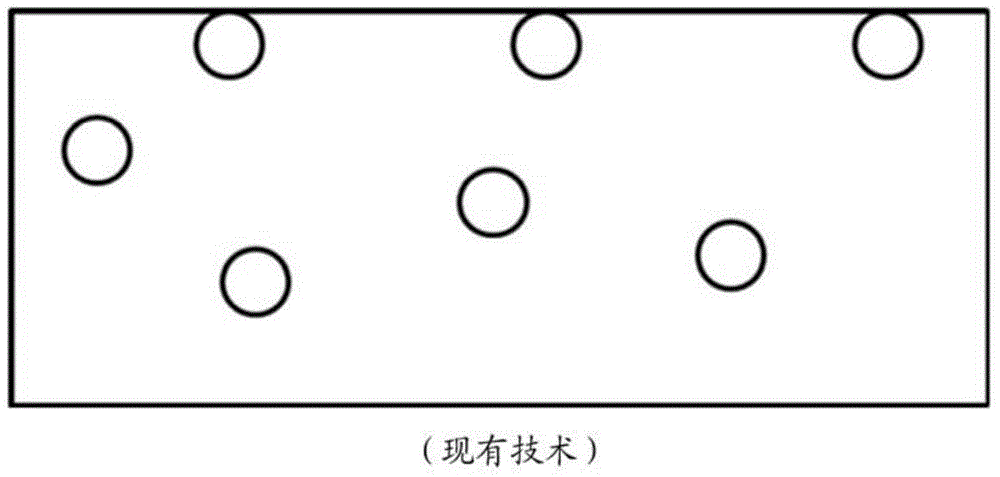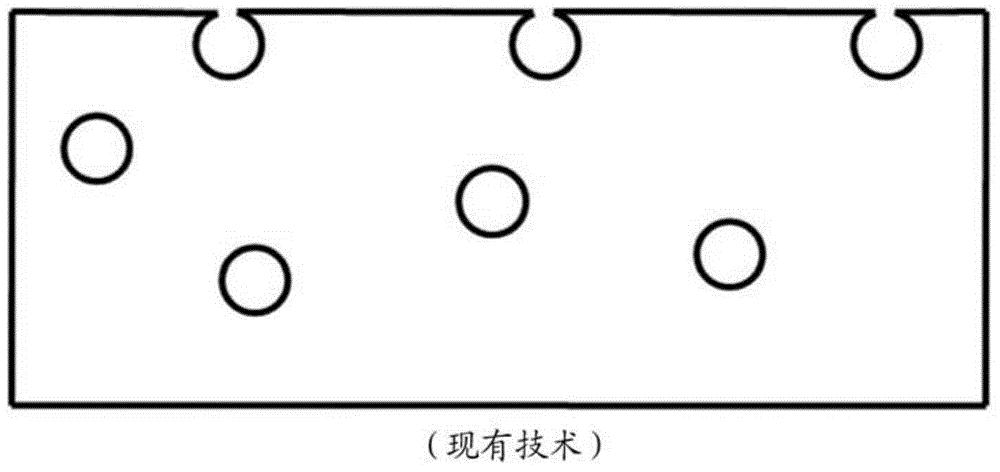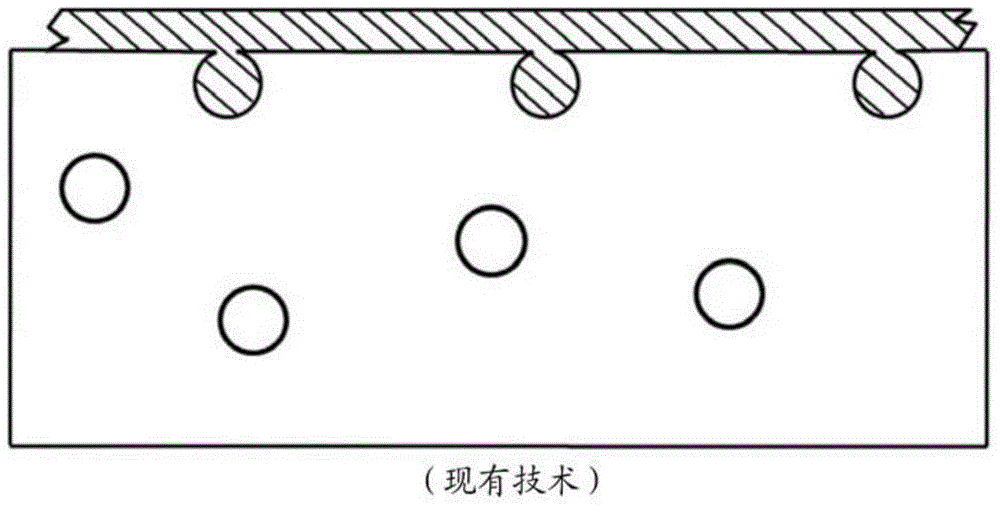Method for the metallation of a workpiece and a layer structure made up of a workpiece and a metal layer
A layered structure and metallization technology, which is applied in the field of metal layers, can solve the problems of predicting the exact position of bumps, predicting surface topography, and not being able to predict costs, etc.
- Summary
- Abstract
- Description
- Claims
- Application Information
AI Technical Summary
Problems solved by technology
Method used
Image
Examples
Embodiment Construction
[0066] To facilitate understanding, Figure 1 to 3 The process flow of introducing microstructures on the substrate by etching according to the prior art is shown. It can be seen that the components contained in the workpiece (shown in the side section) by means of the etching method are digested by the ablation of the workpiece surface, and then chemically eluted from the workpiece. This creates a cavity required according to the prior art, which extends from the surface of the workpiece into a deeper layer, as in figure 2 As identified in. So these cavities are very suitable for forming image 3 The undercut of the metal layer shown is thus adhesively connected to the workpiece.
[0067] in contrast, Figure 4 The different shapes of the microstructure manufactured according to the invention and the metal layer applied to it are shown in the schematic diagram. It can be seen that the microstructure has a tapered shape facing the metal layer, which can be realized by a cone or...
PUM
 Login to View More
Login to View More Abstract
Description
Claims
Application Information
 Login to View More
Login to View More - R&D
- Intellectual Property
- Life Sciences
- Materials
- Tech Scout
- Unparalleled Data Quality
- Higher Quality Content
- 60% Fewer Hallucinations
Browse by: Latest US Patents, China's latest patents, Technical Efficacy Thesaurus, Application Domain, Technology Topic, Popular Technical Reports.
© 2025 PatSnap. All rights reserved.Legal|Privacy policy|Modern Slavery Act Transparency Statement|Sitemap|About US| Contact US: help@patsnap.com



